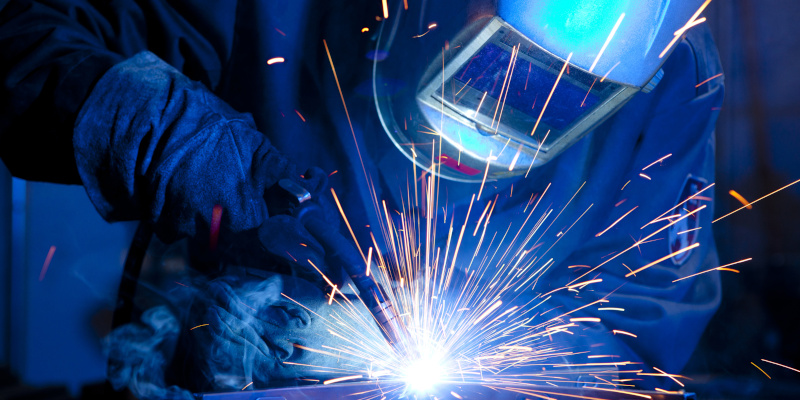Metal fabrication involves shaping and manipulating metal materials into different components, structures, and components. Metal fabrication plays an essential role in a variety of industries, including the automotive, aerospace, construction, and manufacturing industries.
There are several different processes used during nearly every metal fabrication project. Some of these processes include:
- Welding—Welding involves joining two metal pieces together using heat and in many cases, a filler material. Some of the most common welding methods used today include MIG, TIG, and stick welding.
- Cutting—This involves taking larger sheets or bars of metal and separating separate metal pieces from them. Some of the most common cutting methods used during metal fabrication include waterjet cutting, plasma cutting, laser cutting, and during some projects, sawing.
- Bending and forming—Metal can be formed or bent into specific shapes using techniques like stamping, rollers, and press brakes.
- Machining—Machining involves taking material from a metal workpiece to achieve precise dimensions and shapes. Some of the techniques used during machining include drilling, turning, and milling.
- Assembly—Metal fabricators can create complex products or structures by assembling different metal components.
Prior to any metal fabrication project, submitting exacting designs can help those working on your project create the exact product you have in mind. Then, the fabricator will determine which method(s) to use to create the final product you need for your specific application.

